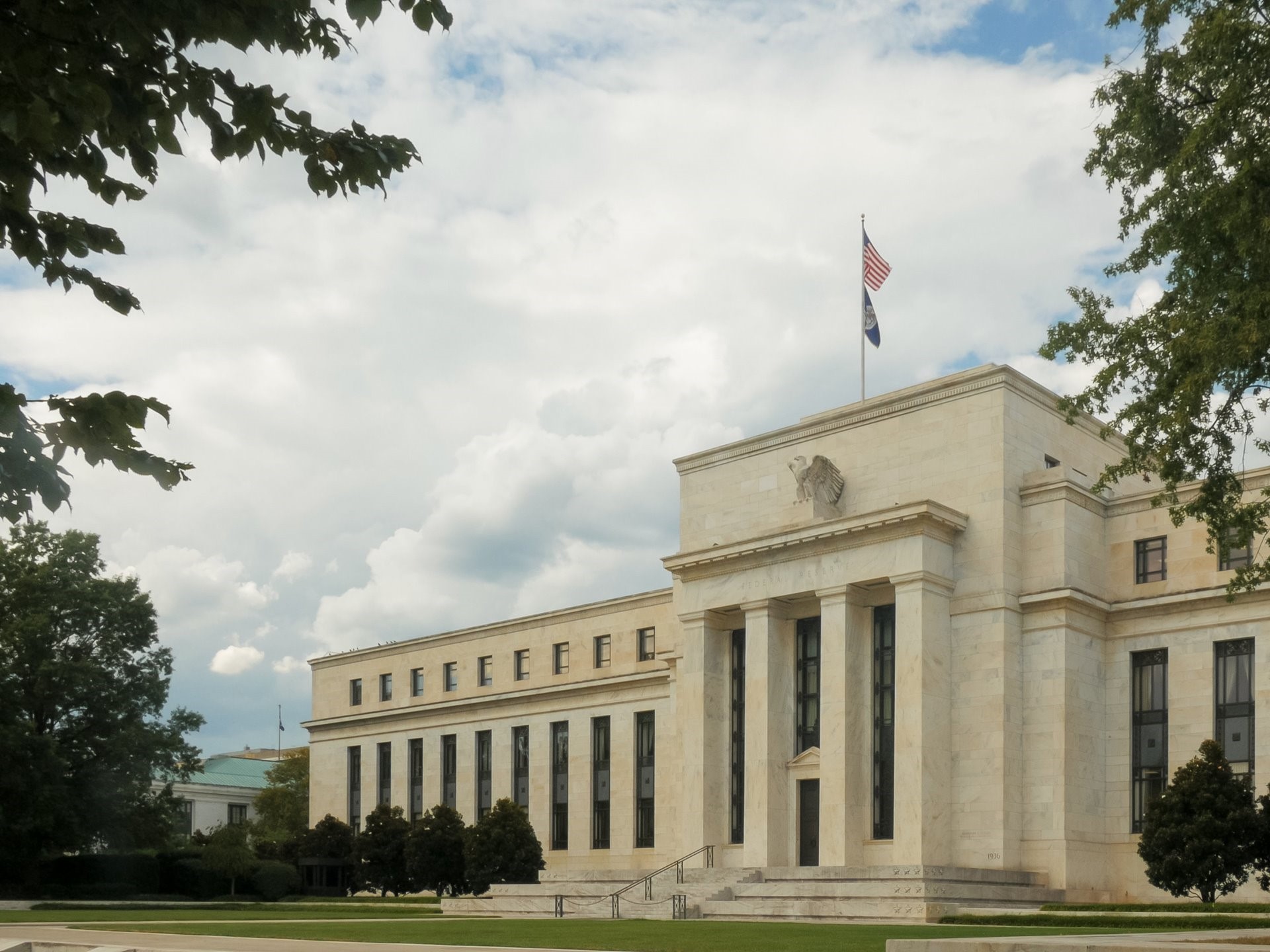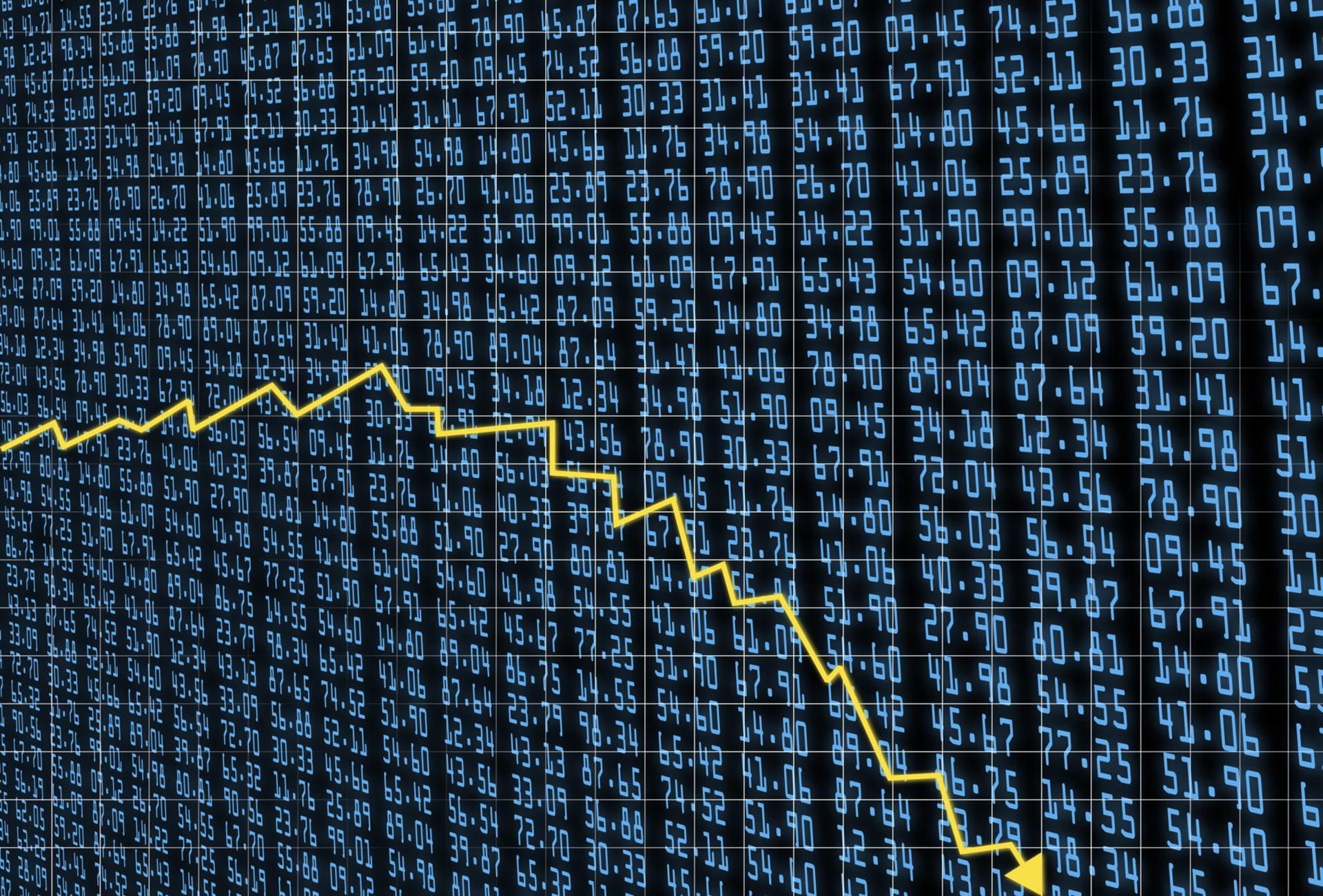Divided Fed likely to cut rates in September
More rate cuts from the Federal Reserve are expected later this year and into 2020 as the Fed works to "sustain the expansion" of the economy. Speaking for the first time since the July rate cut, Federal Reserve Chairman Jerome Powell said the U.S. economy is in a "favorable place" but still faces "significant risks."
"The three weeks since our July FOMC meeting have been eventful beginning with the announcement of new tariffs on imports from China," said Powell.
Consumer spending is still strong according to Powell, but job creation has clearly slowed while inflation continues to get closer to the Fed's 2% target, albeit sluggishly. "Based on our assessment of the implications of these developments, we will act as appropriate to sustain the expansion, with a strong labor market and inflation near its symmetric 2 percent objective," Powell said.
 The three main reasons given for the easing of rates in July were a slowdown in economic activity, trade policy risks and slowing global growth along with low wage growth and low inflation. Right now, analysts at Goldman Sachs are giving a 75% chance of a 25 basis point rate cut in September. Remember, when the Fed cuts rates it simply makes it less expensive for banks to borrow money from each other. Indirectly it does implicitly lower borrowing costs for businesses and consumers. This includes mortgage rates, which generally follow longer-term Treasury notes, and how the market views the impact of the Fed's decision on rates.
The three main reasons given for the easing of rates in July were a slowdown in economic activity, trade policy risks and slowing global growth along with low wage growth and low inflation. Right now, analysts at Goldman Sachs are giving a 75% chance of a 25 basis point rate cut in September. Remember, when the Fed cuts rates it simply makes it less expensive for banks to borrow money from each other. Indirectly it does implicitly lower borrowing costs for businesses and consumers. This includes mortgage rates, which generally follow longer-term Treasury notes, and how the market views the impact of the Fed's decision on rates.
There were some participants who had preferred a 50 bp rate cut in July as opposed to the 25bp cut, while others lobbied for no cut in July, saying they felt the economy was in a "good place."
In general, most participants saw July's rate easing as "part of a recalibration of the stance of policy, or mid-cycle adjustment." The minutes also revealed that most members didn't want to give the impression that there is a set rate policy given the current risk climate. Right now the members see economic growth as "moderate" with continued muted inflation pressure. The discussion did get into more long-term monetary policy considering the current climate and that will likely be a focal point moving forward.
This morning, another twist was added to the stock market as China made an announcement about adding more tariffs to $75 million worth of U.S. goods. The tariffs will reportedly be implemented in two waves, Sept. 1 and Dec. 15. That's similar to the tariff implementation schedule set up by President Trump.
The Dow dropped a little more than 100 points at the open of the day in response, then dropped 400 points after a series of tweets from President Trump. Trump tweeted that the United States should start to find "an alternative to China." The 400 point drop was about a 1.5% skid for the Dow while the S&P and NASDAQ slid 1.5% and 1.7%, respectively.
NEGATIVE BOND YIELDS CONTINUE AS GLOBAL ECONOMIES STRUGGLE

As the U.S. Federal Reserve considers more rate reductions, global economies are in a tailspin with many dipping into negative bond yields. Right now, about one-third of tradeable bonds have negative yields. What that essentially means is investors are willing to pay the governments holding these bonds in order to keep their investments safe. That's a very general definition of what's happening.
Currently, the United States Treasury yields are low, but not below 1% and certainly not into the negative. Denmark, Germany, the Netherlands and Finland all have negative yields across the board. Right now there is nearly $17 trillion in negative-yielding bonds across the world.
So why would someone continue to buy up these negative-yielding bonds? Investors need to put money to work and will purchase negative yielding bonds with the thinking that more investors will continue to buy causing the bond prices to rise. If the prices continue to rise, and investors then sell the combined return on the bond sale, net of the negative yield will generate a positive return.
INTEREST RATE TWIST

Long-term fixed-rate mortgage (FRM) rates went down again this week, dropping from an average of 3.6% to 3.55% for a 30-year FRM according to Freddie Mac.
Typically, the 30-year fixed-rate mortgage will carry your highest interest rate because it is fixed at that rate for 30 years therefore it carries less volatility to the borrower than an adjustable-rate mortgage (ARM). For an ARM, you pay a fixed rate for the first few years of the loan and at a certain point your rate will go up or down depending on the market. That carries more interest rate risk for the borrower as the rate could change over time. Because the fixed-rate portion of an ARM is much shorter (5, 7 or 10 years), the rate is typically lower than a 30-year mortgage rate.
When the yield curve inverted last week, it caused a disruption in the mortgage world. Briefly, according to Bankrate.com, there was also an inversion of mortgage rates as the ARM rate actually went higher than that of the long-term FRM.
Keep in mind that the composite rate scenarios from Bankrate.com are an average and the ARM market is a very small component of the mortgage industry right now (6% of total mortgage application volume according to the Mortgage Bankers Association). Even still, we are seeing a very flat yield curve between the two kinds of rates which is rare. Freddie Mac's average 5/1 ARM rate is 3.32%, not far off from the 3.55% 30-year FRM.
Because of these low rates, refinances are at a three-year high right now. The only drop in activity came purely from the purchase market according to the Mortgage Bankers Association. The MBA data showed that 63% of applications that came in over the last week were for refinances. Freddie Mac's data shows that homeowners who refinanced in Q2 of 2019 will save an average of $1,700 per year or around $140 per month.
The MBA makes an interesting point about the drop in the purchase market, suggesting that perhaps mortgage companies are so overwhelmed with refinances they are simply putting more resources where the activity is in refis and falling short on purchases. Movement Mortgage's record-breaking numbers from July contradict that sentiment, as nearly 80% of the $1.7 billion in funded loans were purchase loans.
Home purchases are continuing to be stymied by lack of inventory. According to First American's Potential Homes Sales model, people are quite simply staying in their homes longer. Year-over-year from July 2018 to July 2019, American's tenure length increased by 11%. That equates to almost 425,000 lost home sales. But, analysts see these lower mortgage rates as an incentive for folks to tap the equity in their homes and make a move to a larger home which might free up more inventory.


